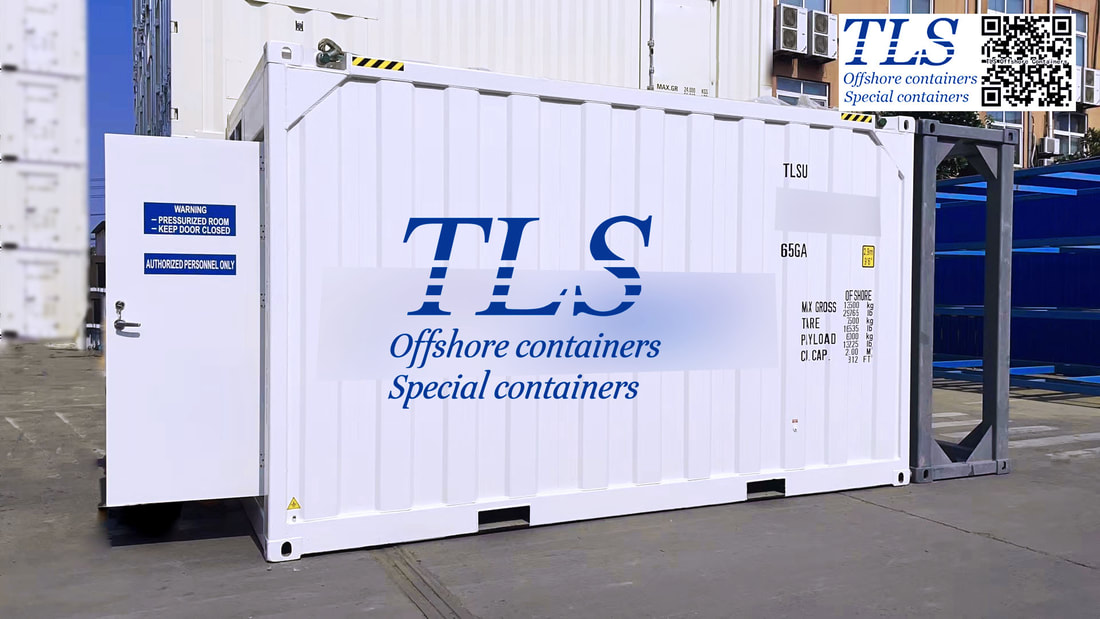|
In the dynamic realm of global trade, shipping containers have risen to prominence as a primary means of transporting goods across borders. However, as consumer demands for personalized products surge, the spotlight has shifted to customized containers. This article aims to delve into the delicate equilibrium between customized containers and standardized sizes, and how companies can address customer preferences while upholding efficient shipping practices and cost-effectiveness.
The surge in demand for customized containers underscores the evolving landscape of consumer expectations. As markets diversify, an increasing number of clients seek containers that reflect the unique essence of their products, encapsulating brand identity and distinctiveness. Consequently, this paradigm shift introduces bespoke requirements for dimensions, configurations, materials, and other aspects of container design. However, it's worth noting that the pursuit of tailor-made sizes can introduce a spectrum of challenges, particularly when it comes to the logistics of cargo transportation. Amid this backdrop, the established standard sizes of containers—such as the ubiquitous 20-foot (20ft) and 40-foot (40ft) variants—offer an array of benefits. These standardized dimensions seamlessly integrate into the global logistics framework, spanning from seafaring vessels and bustling ports to the intricacies of transport and warehousing. This harmonious alignment equates to heightened operational efficiency, cost savings, and a reduction in operational intricacies. Yet, the call for customized containers reverberates. Achieving equilibrium between catering to bespoke demands and safeguarding transport efficiency necessitates deliberate consideration. One strategy that has gained traction involves augmenting non-standard containers with steel frameworks, transforming them into standard dimensions. This proactive approach ensures that non-standard containers are conformed into standard sizes ahead of the transportation phase. By doing so, transportation costs are curtailed, and the complexity of operations is diminished. Additionally, these interlinking frameworks confer augmented cargo protection and stability, a paramount consideration to ensure goods remain intact throughout transit. As enterprises navigate decisions in this domain, an array of factors must be pondered. The metamorphosis of non-standard containers into standard sizes could entail supplementary expenses encompassing design and fabrication, alongside adherence to exacting technical and engineering criteria. Therefore, the delicate balance between personalized requirements and transport efficiency mandates a comprehensive evaluation of factors like expenditure, cargo attributes, and logistical requisites. Harmonizing the pursuit of individualized demands with optimal transport practices is no small feat. However, through a panoramic assessment of an array of considerations, it's possible to satiate customer yearnings for uniqueness while ensuring that the transportation of goods embodies efficiency, predictability, and security. Embracing the evolving trend of customized containers, TLS Offshore Containers stands as a testament to this transformative ethos. By tailoring their offerings to match client needs, they embody the spirit of innovation while diligently striving to optimize costs. In a world where personalization reigns, the voyage towards equilibrium between customization and efficiency becomes a voyage laden with possibility and promise. Comments are closed.
|
Archives
July 2024
Categories
All
|
- Home
-
Containerised solutions
- Intelligent pressurised container | MUD logging cabin
- Battery energy storage system (BESS) container
- Flexible grid tied battery storage system
- Laboratory container | workshop container | Equipment containers
- Temporary refuge shelter | Toxic gas refuge | Safe haven
- Offshore accommodation cabin | office container
- Reefer container | Refrigerated container
- Intelligent waste water treatment container
- Fresh water generator container
- Cargo Containers
- Product photos & videos
- News & Blogs
- Contact us
|
Featured products
Intelligent pressurised container Temporary refuge (TR) shelter, toxic gas refuge (TGR) Battery energy storage system (BESS) container Containerised waste water treatment plant Fresh water generator container Reefer container Laboratory container, Workshop container Accommodation container Offshore closed container |
All Rights Reserved 2020 © TLS Offshore Containers / TLS Energy
|

